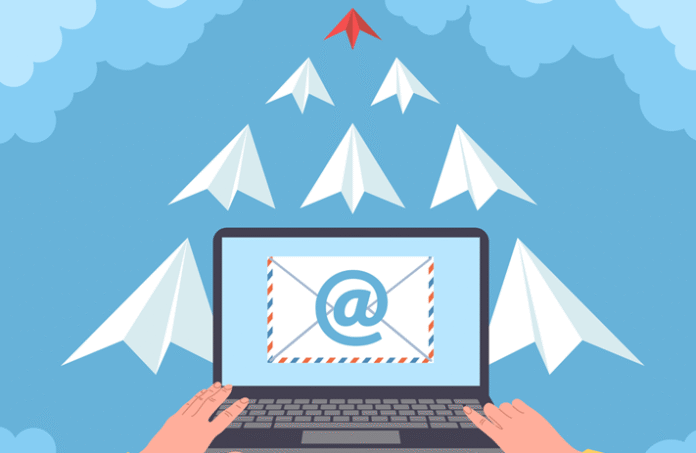In today’s digital-first world, communication has never been easier—yet capturing attention has never been harder. With inboxes overflowing daily, people are often selective about which messages they open and which ones they immediately delete. This shift has redefined the way professionals need to think about connecting with others through email.
While mass emailing once promised efficiency, it no longer guarantees engagement. The real challenge now lies in building meaningful conversations that stand out from the noise. This is why reimagining Email Outreach with a more human-centered approach is essential for anyone who wants to make a lasting impression.
The Decline of Generic Messaging
Most emails fail for one simple reason—they lack personalization. Generic subject lines, copy-pasted templates, and irrelevant offers are instantly recognized and dismissed. In fact, recipients often decide within seconds whether a message is worth their time.
This isn’t just about the content being unappealing. It’s about the message signaling indifference. When an email feels like it could have been sent to thousands of others without thought, it conveys a lack of respect for the recipient’s individuality.
Why Personalization Matters More Than Ever
The strength of modern communication lies in personalization. People want to feel seen, acknowledged, and understood. When an email reflects genuine effort—whether by referencing a recent event, addressing a specific challenge, or simply adopting a thoughtful tone—it instantly becomes more engaging.
This shift toward humanized communication doesn’t just improve open rates. It builds trust. Recipients are far more likely to respond to someone who demonstrates awareness and empathy than to a message that feels purely transactional.
Timing: The Hidden Factor in Engagement
Beyond personalization, timing plays a critical role in outreach. A well-crafted message sent at the wrong time risks being ignored. Conversely, even a simple message sent at the right moment can leave a strong impact.
Whether it’s following up after an event, acknowledging a milestone, or reaching out during a relevant industry trend, timing demonstrates attentiveness. It tells recipients that the message wasn’t sent randomly, but with intention.
The Role of Empathy in Effective Outreach
At its core, outreach is about building connections—not just securing responses. This is where empathy comes into play. Instead of focusing solely on what you want from the recipient, consider what value you can provide.
An email that offers insights, shares resources, or acknowledges shared challenges is more likely to foster dialogue. Empathy transforms outreach from a transaction into the start of a relationship, which is where long-term opportunities are born.
Avoiding the Pitfalls of Automation
Automation has become both a blessing and a curse in modern communication. While it allows for scale and consistency, it often strips away authenticity. Too many automated emails end up sounding robotic, repetitive, or irrelevant.
The key is balance. Automation should handle the repetitive aspects of outreach—like scheduling or reminders—while still leaving room for creativity and personalization. This ensures that efficiency doesn’t come at the cost of human connection.
From Cold Emails to Warm Conversations
A common mistake in outreach is focusing on sending as many emails as possible, with the hope that some will generate responses. But the real goal should be to create meaningful conversations.
This means shifting from “cold” outreach to “warm” engagement. Instead of blindly reaching out, take time to understand the recipient. Show that you’ve done your research and are genuinely interested in dialogue, not just pushing your own agenda.
The Emotional Impact of Recognition
Small details can make a big difference. Something as simple as recognizing someone’s recent work, congratulating them on a milestone, or acknowledging a shared interest can make an email feel personal and genuine.
This emotional recognition often creates a sense of appreciation. Recipients are more likely to respond to those who show awareness of their journey rather than those who treat them as just another name on a mailing list.
Beyond Business: The Universal Value of Outreach
While email outreach is often framed in a business or sales context, its principles apply far more broadly. Educators reaching out to students, non-profits engaging with supporters, and communities building connections all benefit from thoughtful communication.
The common thread is that people respond positively when communication feels genuine, respectful, and tailored to them. This universality makes personalized outreach not just a tactic, but a mindset.
Looking Ahead: The Evolution of Email Outreach
The future of outreach lies not in sending more messages, but in sending better ones. As digital noise continues to grow, people will increasingly value communication that feels personal, relevant, and empathetic.
Success will not be measured by how many emails are sent, but by how many meaningful conversations are sparked. By embracing personalization, empathy, and timing, email outreach can evolve from a one-way broadcast into a true dialogue that creates lasting impact.



